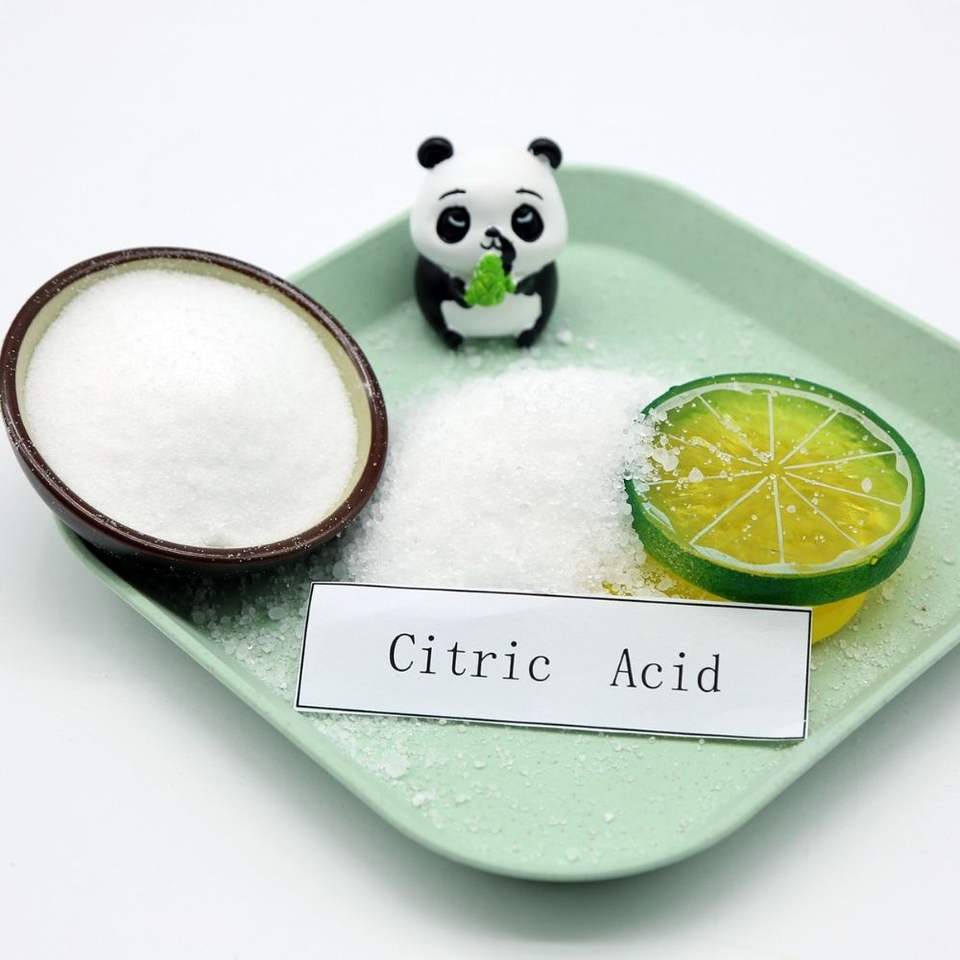Citric acid is a ubiquitous food additive prized for its sour flavor, preservative action, and pH-regulating properties. But when sourcing citric acid, manufacturers face a critical choice: anhydrous (water-free) or monohydrate (one water molecule per citric acid unit). This article breaks down their differences, applications, and optimal use cases.
Key Differences at a Glance
| Property | Citric Acid Anhydrous | Citric Acid Monohydrate |
| Chemical Structure | C₆H₈O₇ (No water molecules) | C₆H₈O₇·H₂O (1 water molecule) |
| Moisture Content | 0% | 8–9% |
| Appearance | Fine white crystals | Larger, translucent crystals |
| Solubility (20°C) | 59g/100mL water | 54g/100mL water |
When to Use Citric Acid Anhydrous
1.Low-Moisture Products
Ideal for:
Powdered drink mixes
Seasoning blends
Dry bakery mixes
Why?: Its zero water content prevents clumping and extends shelf life.
2.High-Temperature Processing
Stable in baking (>150°C) or extrusion cooking without releasing bound water.
3.Pharmaceuticals & Supplements
Preferred in tablets/capsules where moisture control is critical.
When to Choose Citric Acid Monohydrate
- Liquid Formulations: Beverages, syrups, and jams: Dissolves slightly faster due to crystalline structure.
- Cost-Effective Production:Cheaper to manufacture (requires less purification).
- Acidification in Wet Environments: Superior in marinades, brines, or canned goods where water activity is high.




